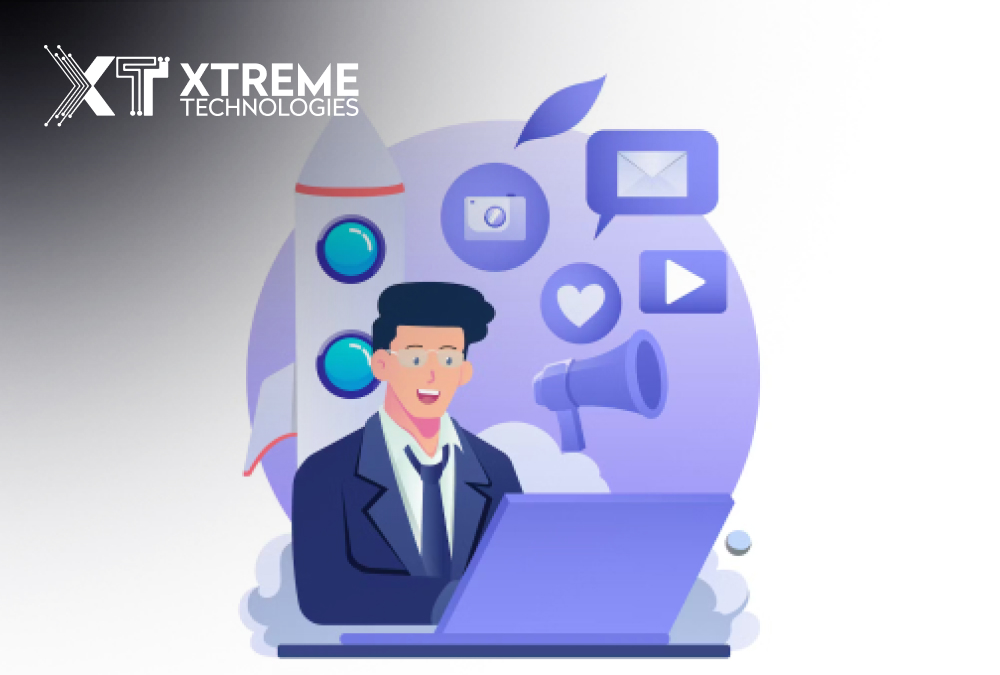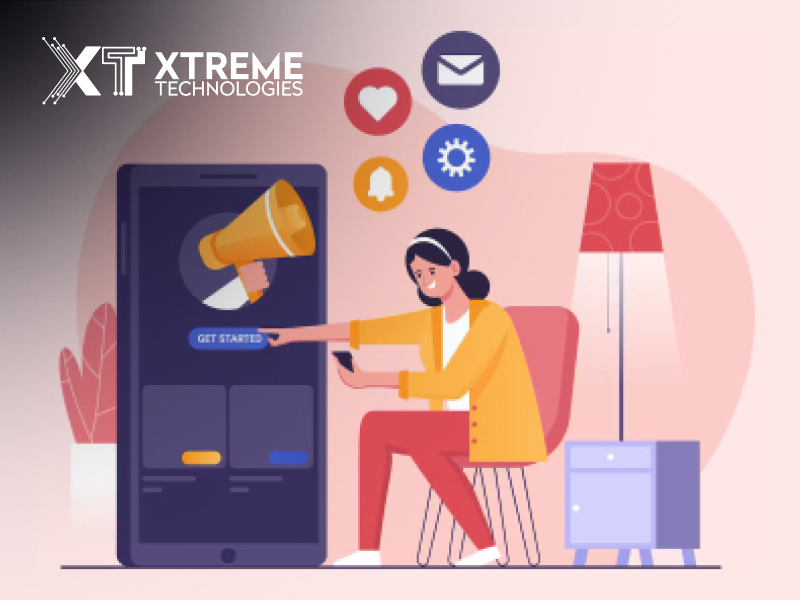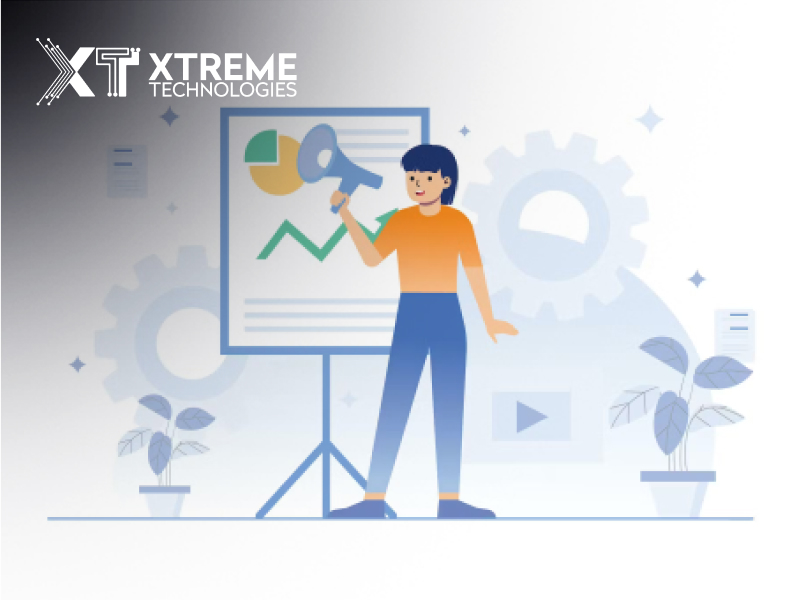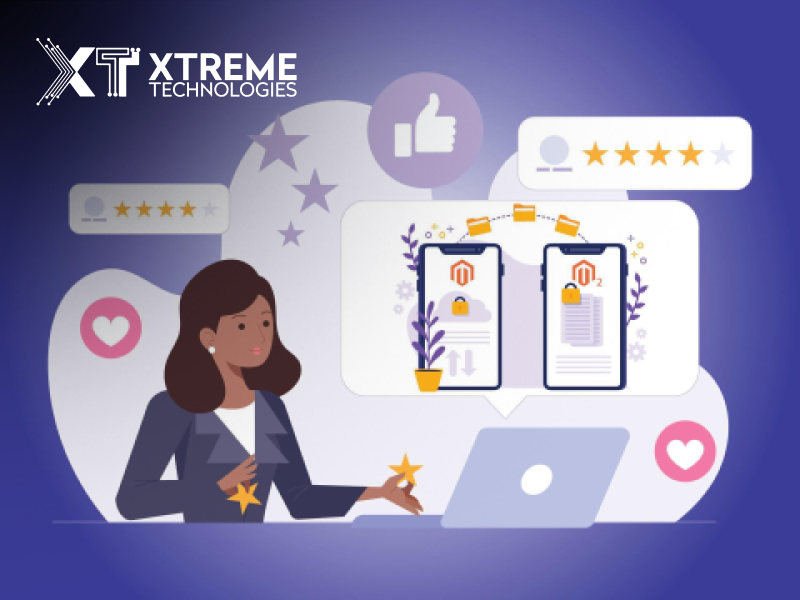
Maximizing Marketing Impact: 6 Compelling Benefits of Digital Marketing over Offline Strategies
All, Digital Marketing, Pay Per Click,
Published on: June 19, 2023
Digital marketing can help you reach a specific audience. It's a great way to promote your business and products. Offline marketing includes things like flyers, brochures, and business cards. It can also include TV, radio, and billboard advertisements. With offline marketing, knowing precisely how many people see your advertisement is difficult.
1. Reach
PPC advertising services give marketers a unique opportunity to reach customers who would otherwise be unable to find them. By targeting specific demographics based on age, location, interests, networks, and more, digital marketing campaigns can deliver measurable and cost-effective results. By contrast, traditional marketing methods are typically limited to a specific region or population sector. For example, a newspaper ad can only reach readers of a certain age and income level in a particular town. In addition, it can take a while to see the results of an offline campaign. With online marketing, on the other hand, you can receive accurate feedback on your campaign in real-time. Of course, combining online and offline marketing techniques can boost the effectiveness of both approaches. Using different channels to reach prospective buyers is essential, and it’s helpful to remember that clients make buying decisions in many ways, not just based on advertising or messaging. In addition, physical merchandising and other offline marketing tactics can help create a more consistent brand image for a business.
Of course, combining online and offline marketing techniques can boost the effectiveness of both approaches. Using different channels to reach prospective buyers is essential, and it’s helpful to remember that clients make buying decisions in many ways, not just based on advertising or messaging. In addition, physical merchandising and other offline marketing tactics can help create a more consistent brand image for a business.
2. Measurability
Digital marketing involves any marketing strategy that uses the Internet for promotional purposes. This includes everything from e-mail and social media marketing to pay-per-click advertising and blog outreach services. With the right tools and software, tracking how well your online campaigns are performing is easy. This feedback is available in real time, giving you the power to make immediate changes to your campaign. With offline marketing, determining how your audience responds to your efforts is often more challenging. For example, if you put an ad in a newspaper, knowing how many people read it can be challenging. With digital marketing, on the other hand, you can see exactly how many people clicked through to your website, watched your video, or saved your blog post.
For example, if you put an ad in a newspaper, knowing how many people read it can be challenging. With digital marketing, on the other hand, you can see exactly how many people clicked through to your website, watched your video, or saved your blog post.
3. Real-time Results
It’s easy to monitor things like email open rates, website visits, and home page views. You can also collect customer data through online forms or live chat. This information can be used to improve your strategies and increase conversions. Offline marketing can also be challenging to measure. If you have a product brochure that gets posted through people’s letterboxes, you might not know how many read it and what percentage ended up in the trash. This is one of the main reasons digital marketing is becoming increasingly popular compared to traditional marketing.
The combination of offline and online marketing is vital for any business. With the current prominence of digital marketing, ensuring your business is leveraging its full potential is crucial. By using the right tools and integrating your marketing channels, you can make the most of your budget and achieve higher conversions than ever before.
Offline marketing can also be challenging to measure. If you have a product brochure that gets posted through people’s letterboxes, you might not know how many read it and what percentage ended up in the trash. This is one of the main reasons digital marketing is becoming increasingly popular compared to traditional marketing.
The combination of offline and online marketing is vital for any business. With the current prominence of digital marketing, ensuring your business is leveraging its full potential is crucial. By using the right tools and integrating your marketing channels, you can make the most of your budget and achieve higher conversions than ever before.
4. Social Media
Whether using pay-per-click advertising services or email marketing, you can quickly see how your campaign is doing and take prompt steps based on feedback. This is much more difficult with offline marketing. Printing and distributing flyers or billboards take a lot of time and money and can’t be modified easily. It lets you communicate directly with your target audience through blogs and social media. For example, if you produce a product brochure and send it to customers, you have no idea how many people opened it or simply threw it in the trash. On the other hand, with online marketing, you can ask your audience to respond through a comment section or social media and receive instant feedback on how your products or services are being perceived. Hiring Xtreme technologies can be a valuable way to improve customer experience and loyalty.5. Public Relations
The internet makes it easy to share information about your business with millions of consumers, locally and internationally. You can create a brand image, communicate with customers through email or chat and measure your ads' performance. Traditional marketing can leave a lasting impression on your audience, primarily when implemented with tangible materials such as brochures or flyers. In addition, it can also allow you to target specific audiences. However, these methods can be expensive. The advertising fees for the space on TV or billboards alone can quickly add up. There are also the costs of video production and voice talent. Moreover, offline brand marketing allows you to be creative and show your personality to your audience. You can include catchy jingles on your radio or TV ads, use colorful sponsorship branding for an event, or hold an office open house. You can even give away branded merch to your audience or hand out business cards at networking events.6. Customization
Digital marketing is a more personalized form of communication with your audience, including methods like email, social media advertising, and pay-per-click advertising. These strategies can help you connect with potential clients and build strong relationships. They also make it easier to gather information about the nature of your target market, which may be difficult with offline marketing tactics. Online marketing lets you easily monitor the results and determine which techniques work best for your company. For example, if you use PPC advertising services to promote your business, you can easily track the number of clicks and conversions. This will give you a better idea of the effectiveness of your marketing campaign and how to improve it in the future.Conclusion
As a result, mixing online and offline marketing is essential for businesses to grow in the long run. The two approaches complement each other, so they can help your business in ways you couldn’t do alone. By combining the advantages of both forms of marketing, you can maximize your profits and get more customers. This will also ensure that your brand is consistent online and offline, which will help develop a solid and stable presence for your business.
Read Also: What Is a PBX Phone System And Why Does Your Business Need It?






Recent Comments